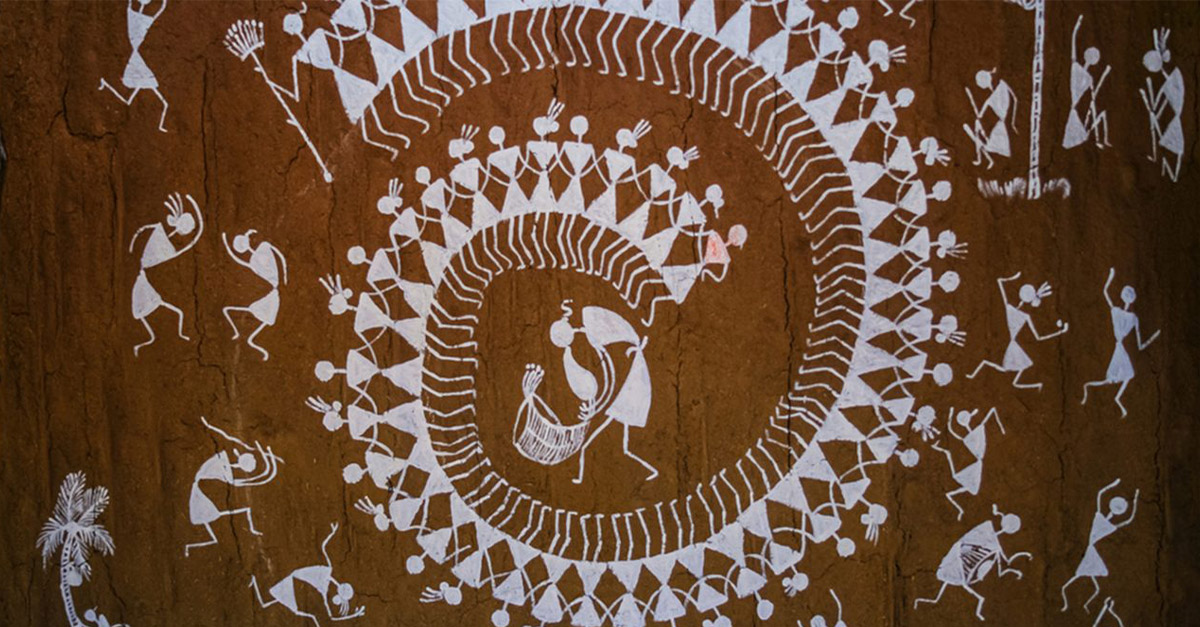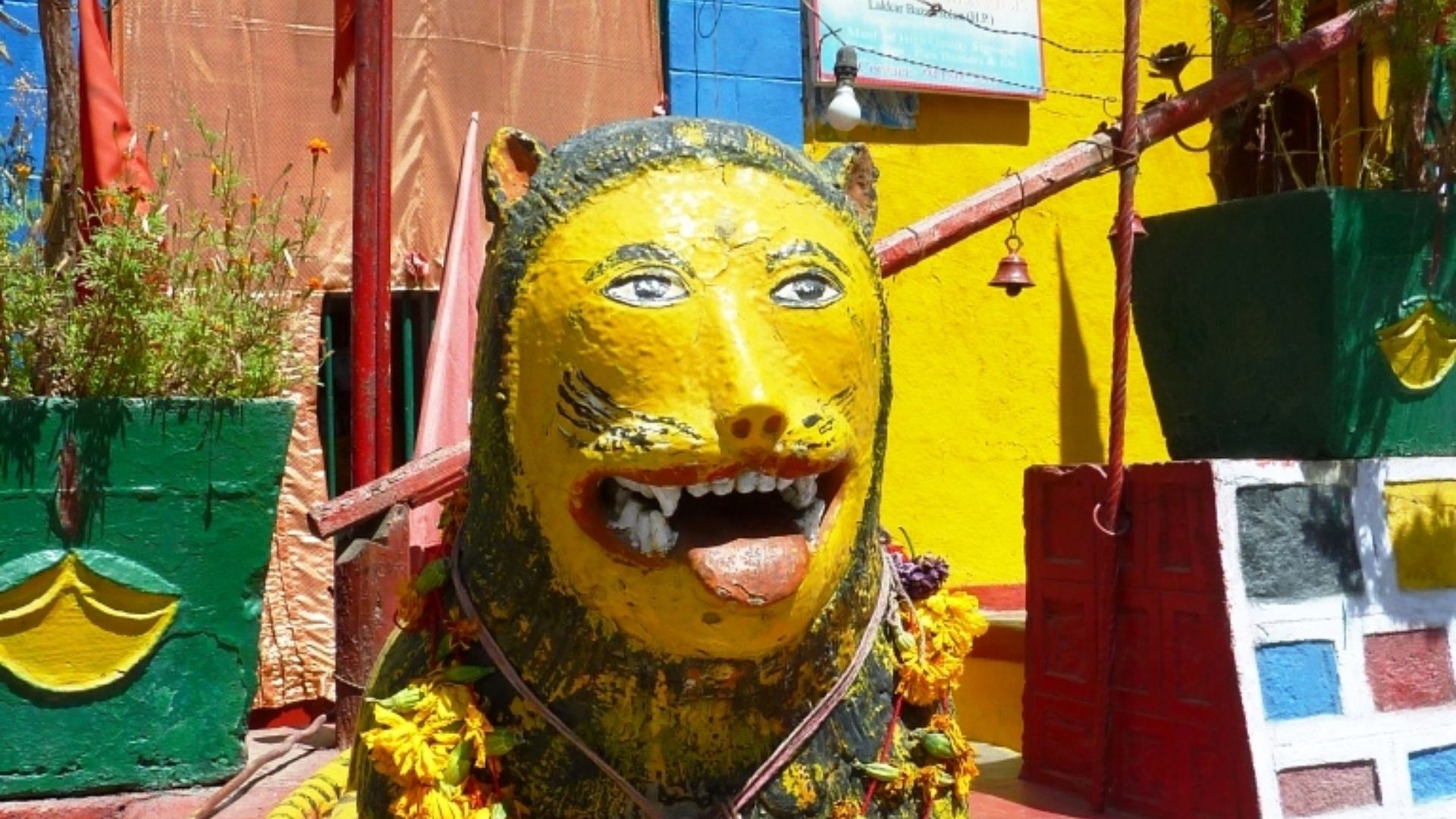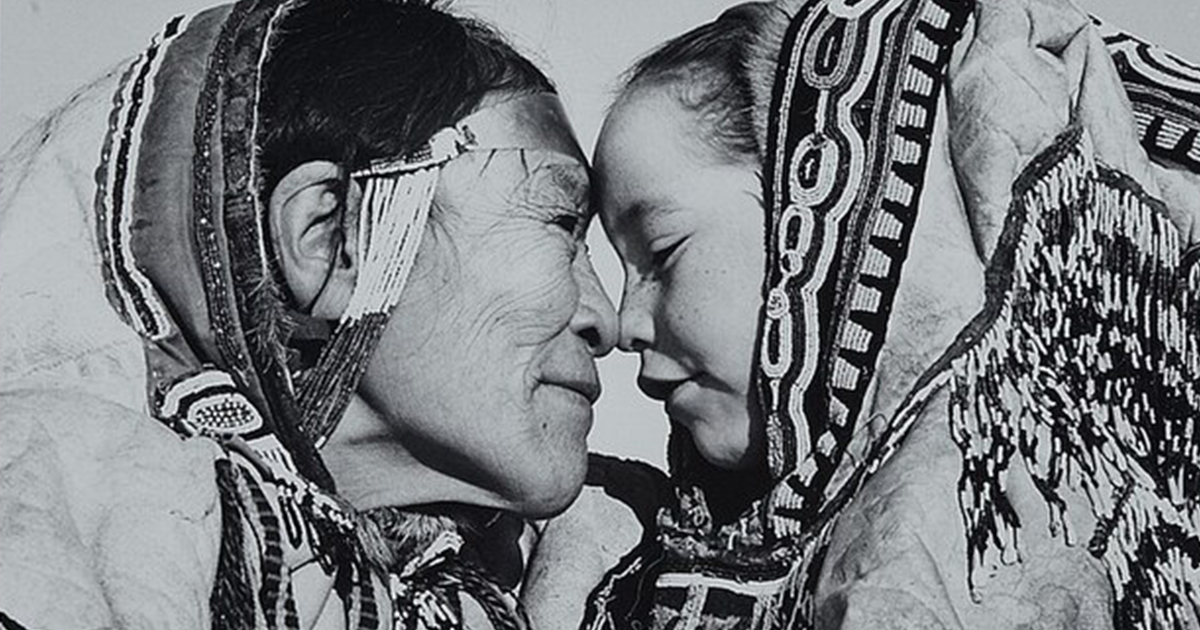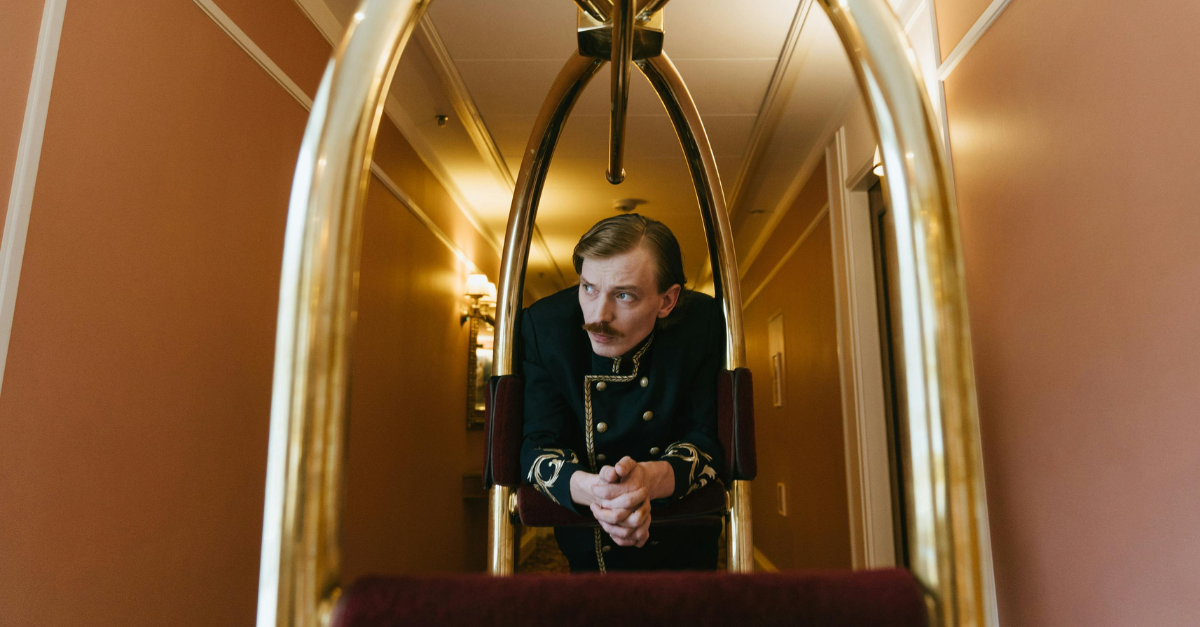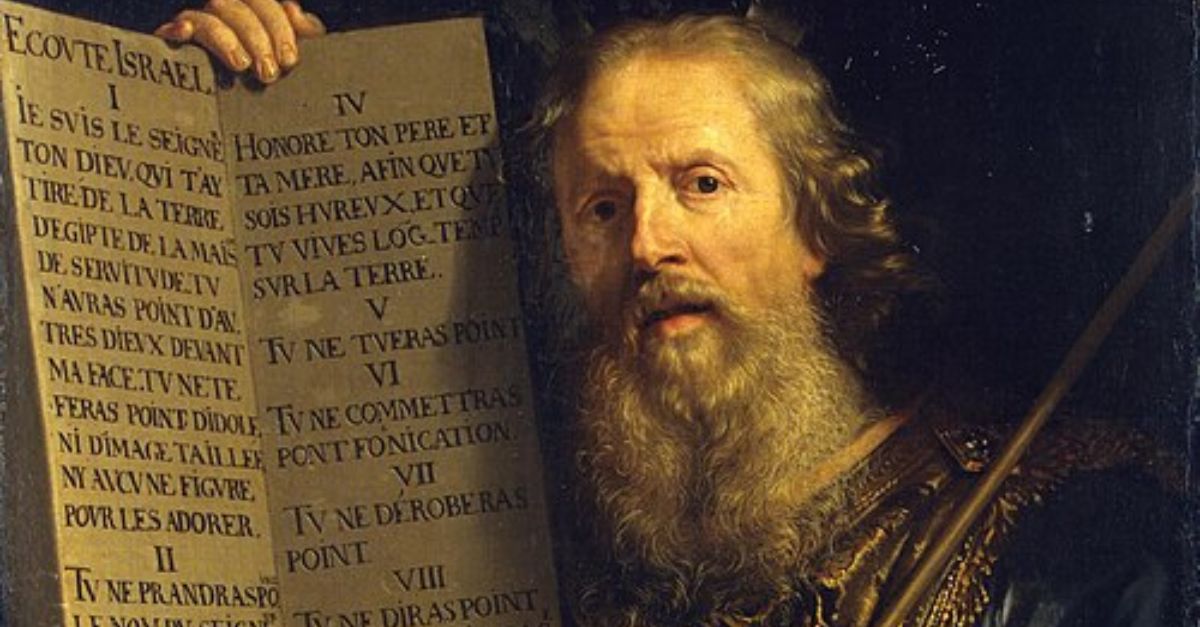Who Are The Warli?
The Warli tribe’s unique cultural traditions, marked by intricate art and deep-rooted spiritual beliefs, set them apart from other tribal communities in India. For the Warli, life is all about keeping things simple, living sustainably, and treating Mother Nature with deep respect.
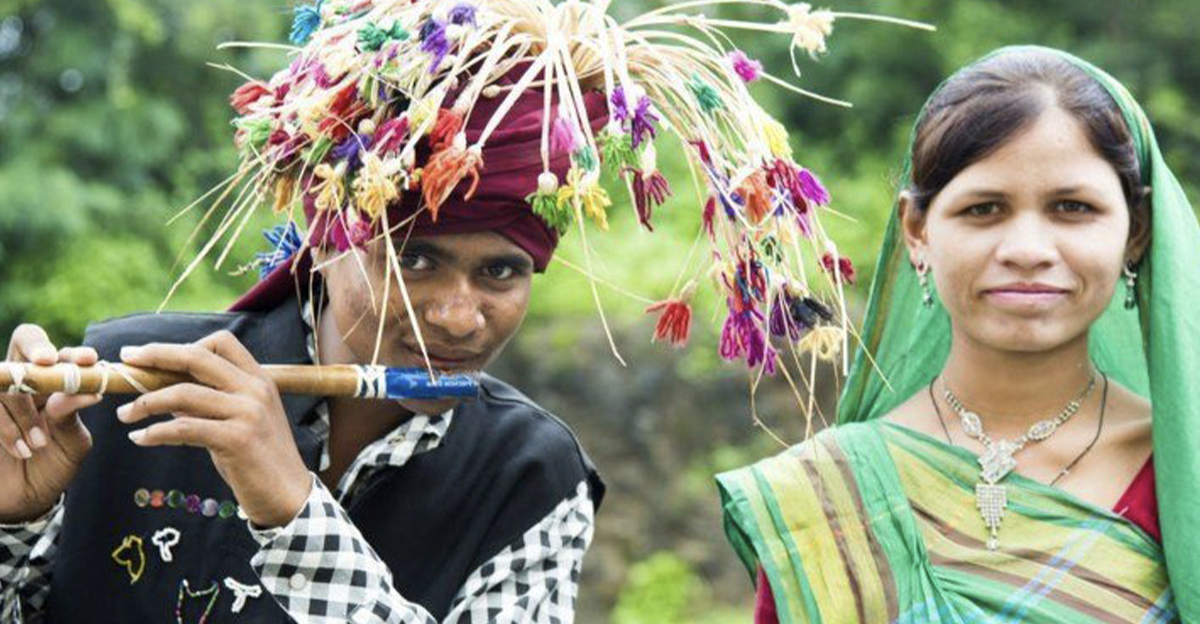
Where Do The Warli Live?
Most Warli people live in the Sahyadri Hills, especially in districts like Palghar, Dahanu, Jawhar, and Talasari in Maharashtra. There are also some communities in southern Gujarat. Warli villages are often located in remote forested areas, and it’s estimated that the Warli number around 300,000 people.
Their Language
Warli people speak Varli, an unwritten language. Varli is passed down through generations and is used in oral traditions like storytelling, rituals, and songs. Warli art also acts as a kind of a visual language, documenting everything from weddings to harvests and myths.
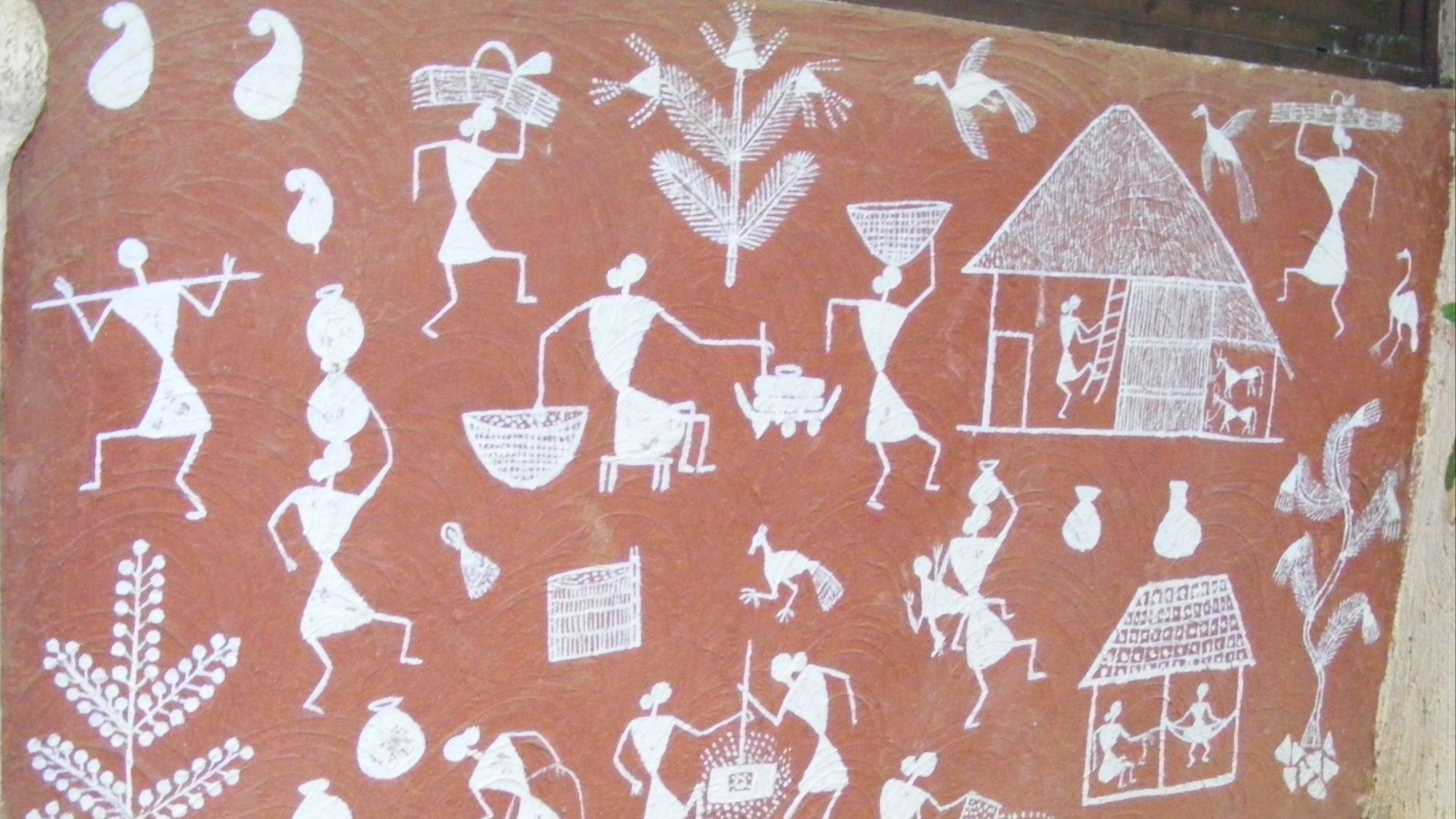 Dr. Raju Kasambe, Wikimedia Commons
Dr. Raju Kasambe, Wikimedia Commons
Their Roots
The Warli have one of the oldest tribal cultures in India, with roots that predate the Vedic period. Their art has been traced back to 2500–3000 BCE and resembles the prehistoric rock paintings of Bhimbetka. Despite centuries of change, the Warli have managed to keep their traditional customs and worldview alive.
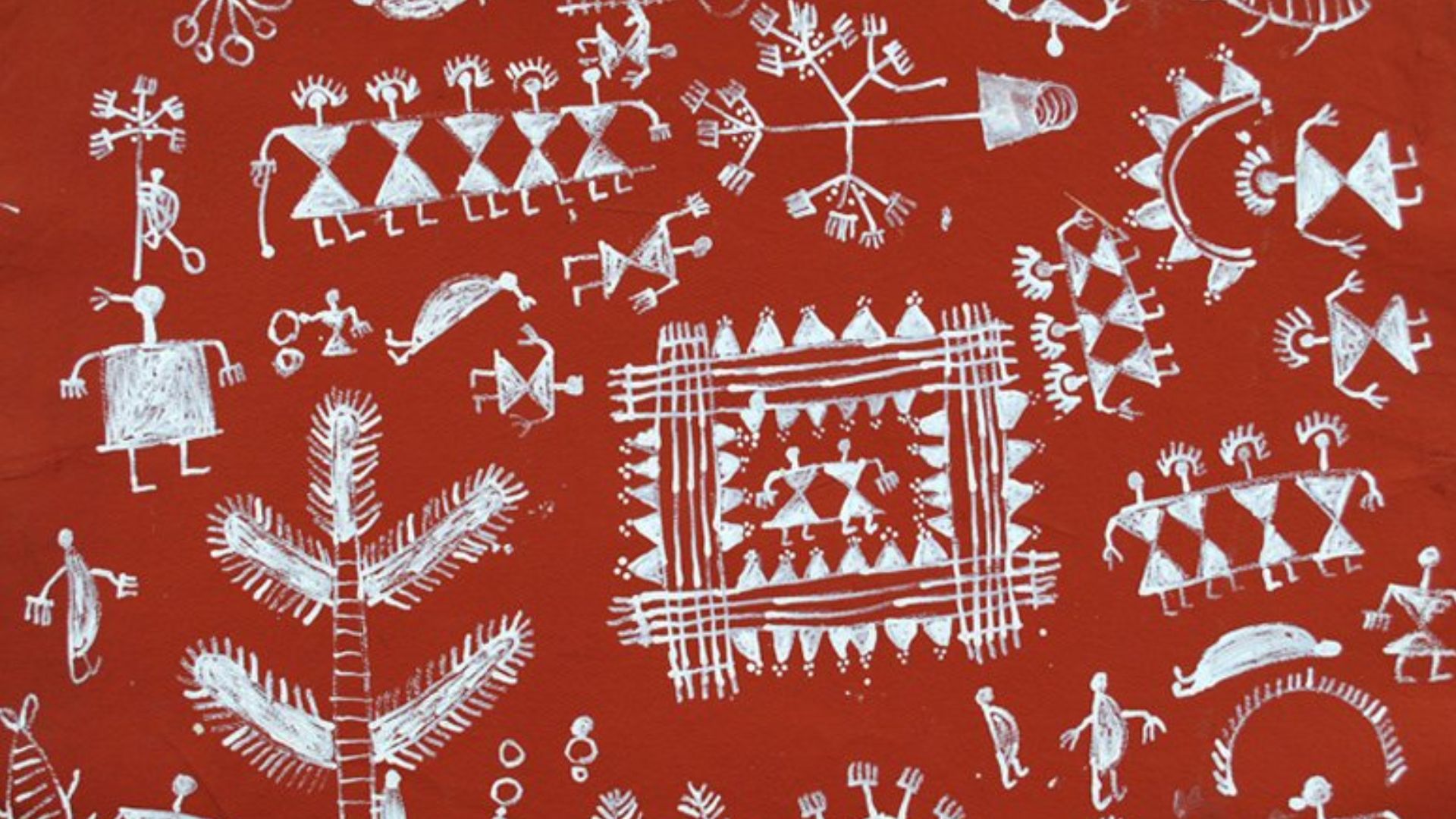 Unknown authorUnknown author, Wikimedia Commons
Unknown authorUnknown author, Wikimedia Commons
Warli Art: A Cultural Expression
Traditionally Warli art is made by women. Using rice paste on mud walls, the art depicts scenes of daily life, rituals, and nature. But more than being just decorative, these artworks have a sacred purpose: expressing gratitude to deities and ancestors. And while the Warli’s art style is minimalistic, it’s full of symbolism.
 Warli Tribe | Maharashtra Tribe | Namaste Bharat Yatra | MH EP1, TwentyFour Reddy
Warli Tribe | Maharashtra Tribe | Namaste Bharat Yatra | MH EP1, TwentyFour Reddy
Symbolism In Warli Art
Warli art uses basic geometric shapes to represent complex ideas: circles for celestial bodies, triangles for trees and mountains, and squares for man-made enclosures. The central square, called the “chaukat” or “devchauk”, often contains symbolic depictions of rituals or the mother goddess.
 Warli Tribe | Maharashtra Tribe | Namaste Bharat Yatra | MH EP1, TwentyFour Reddy
Warli Tribe | Maharashtra Tribe | Namaste Bharat Yatra | MH EP1, TwentyFour Reddy
What Do They Eat?
For the most part, the Warli are farmers, growing rice, millet, and pulses. They also rely on fishing, livestock, and foraging whatever fruits they can find in the forest. Community life emphasizes cooperation, and seasonal cycles determine what work and social activities people engage in.
Their Houses
Warli houses are simple yet functional, built with bamboo, mud, cow dung, and thatched roofs. Their homes are cool in summer and warm in winter, and the walls serve as canvases for ritual paintings during life events like weddings and harvests.
What Do The Warli Wear?
Warli women wear a sari-like garment called a “Lugden”. Men wear dhotis, waistcoats, and turbans. Men and women both wear jewelry like necklaces made of beads, earrings, and metal bangles. Traditional tattoos used to be more popular among the Warli, and symbolized clan identity or marked rites of passage.
 Education Images, Getty Images
Education Images, Getty Images
Warli Clans
Warli society is organized around exogamous clans, and each has their own totem animal or plant symbol. Marriage is often used a way of making alliances among clans. Warli communities are led by village elders who resolve disputes and oversee festivals and ceremonies.
 Tarpa Dance, Warli Tribe, Maharashtra (English), SCSTRTI Odisha
Tarpa Dance, Warli Tribe, Maharashtra (English), SCSTRTI Odisha
Warli Marriage Customs
Warli people cannot marry someone from their own clan. Once a marriage has been agreed to, the Warli mark the event with celebrations that often span multiple days. A sacred square is drawn on the wall of the bride's home, and symbolic figures like the tarpa (a trumpet-like instrument) and rice plants are painted. The groom's family must pay a bride price before all of the celebratory music, dancing, and feasting can begin.
Their Naming Ceremonies
The birth of a child is celebrated by the whole community. On the 12th day after the child’s birth, the community joins together for the “Namkaran”, or naming ceremony. The child is hung in a cradle made of cloth, and their name is chosen by an elder or a Bhagat (shaman). Offerings are made to Palaghata, the fertility goddess, and guests are served a special meal.
 Warli Tribe | Maharashtra Tribe | Namaste Bharat Yatra | MH EP1, TwentyFour Reddy
Warli Tribe | Maharashtra Tribe | Namaste Bharat Yatra | MH EP1, TwentyFour Reddy
Their Coming-Of-Age Rituals
One of the key rites of passage is the tarpa dance initiation, where boys and girls perform for the first time in their community’s dance circle. The transition from childhood to puberty is marked by ceremonies like hair cutting or symbolic bathing in a river.
 Tarpa Dance, Warli Tribe, Maharashtra (English), SCSTRTI Odisha
Tarpa Dance, Warli Tribe, Maharashtra (English), SCSTRTI Odisha
Religious Initiation And Training
Young Warli boys sometimes receive informal spiritual training from a Bhagat, learning chants and the meanings of totem symbols. This spiritual apprenticeship prepares them for their future roles as leaders in rituals and ceremonies. Girls are trained in household and artistic duties, especially Warli painting.
 Tarpa Dance, Warli Tribe, Maharashtra (English), SCSTRTI Odisha
Tarpa Dance, Warli Tribe, Maharashtra (English), SCSTRTI Odisha
The Bohada Festival
Bohada is the most important Warli festival, held annually after harvest. Celebrated over three nights, villagers wear wooden masks representing gods, animals, and mythological characters. These masks are believed to contain spiritual energy. During the festival, the Warli perform night-long dances and tell stories with performances and dances.
Warli Spiritual Beliefs
Warli spiritual life revolves around animism—the belief that natural elements like rivers, trees, and animals possess spirits. Rivers, in particular, are considered living gods who must be honored to ensure prosperity and protection.
Their Deities
The Warli’s most important deities are Palaghata, the goddess of fertility, Himai, the protectress, and Waghoba, the tiger spirit. Worship often involves animal sacrifice, rice offerings, and murals that are created in the deity’s honor. Small shrines are built near trees, rivers, or near the entrances of villages.
Death And Ancestor Worship
When a Warli person dies, their body is either cremated or buried. After, there will be a ritual painting of the funeral. Once the painting is done, the soul is believed to journey into the ancestral world. Each year, the Warli take part in a remembrance ritual where they feed their ancestral spirits and painting symbolic figures of the departed on their house walls.
 Tarpa Dance, Warli Tribe, Maharashtra (English), SCSTRTI Odisha
Tarpa Dance, Warli Tribe, Maharashtra (English), SCSTRTI Odisha
The Role Of The Bhagat
The Bhagat serves as the village shaman, healer, and mediator with the spirit world. Using trance and chanting, they diagnose illnesses believed to be caused by malevolent spirits. Bhagat training often begins in childhood, after a child has had visions or shows signs of having spiritual gifts.
 Tarpa Dance, Warli Tribe, Maharashtra (English), SCSTRTI Odisha
Tarpa Dance, Warli Tribe, Maharashtra (English), SCSTRTI Odisha
Rivers As Living Deities
Rivers like the Vaitarna and Surya are considered living entities that nurture and protect the Warli. To honor these deities, the Warli take ritual baths, and make offerings of flowers and floating lamps. The Warli treat rivers with great respect as offending a river god is thought to bring bad luck or even a drought.
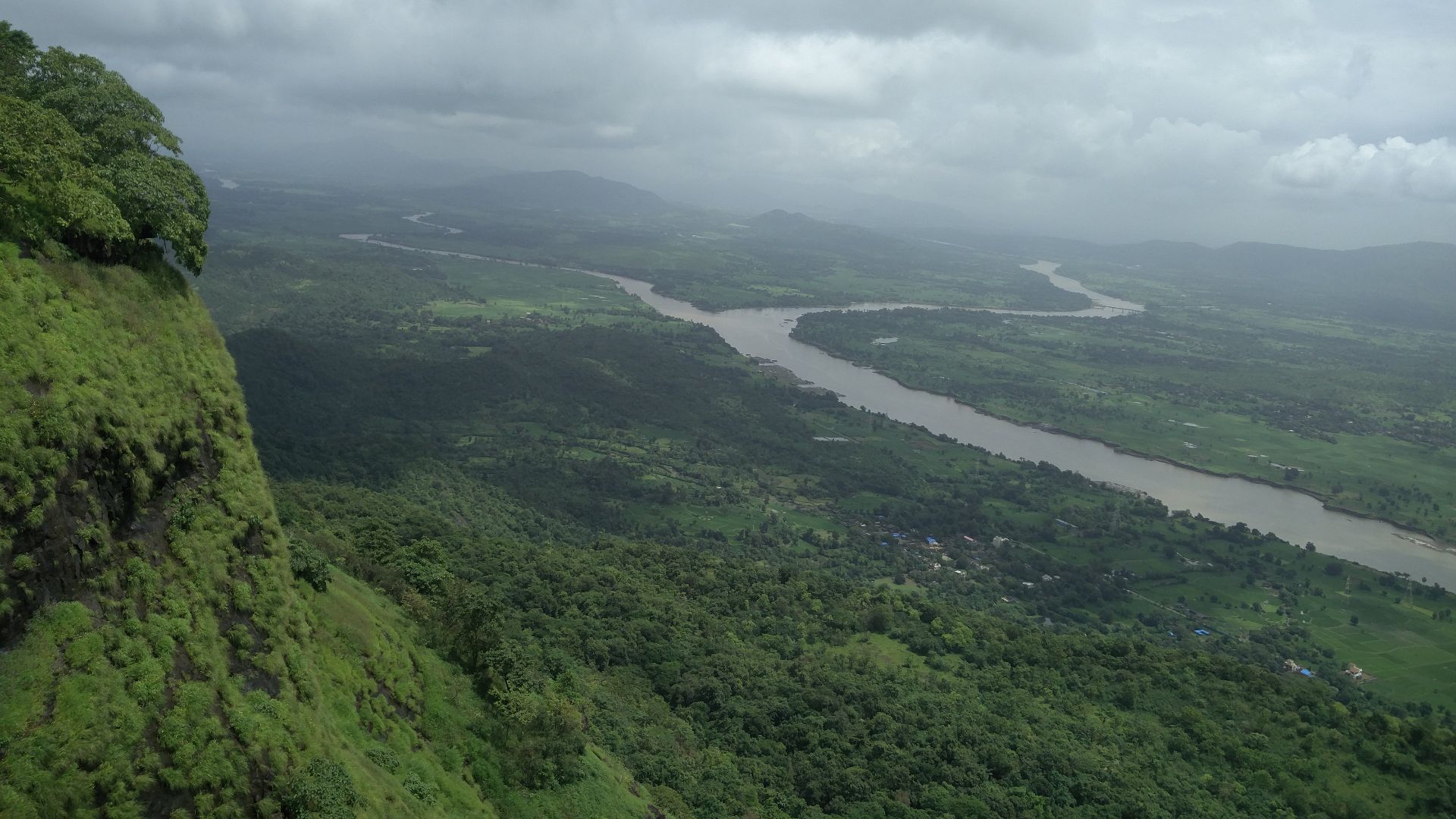 Hrishikesh H. Dalvi, Wikimedia Commons
Hrishikesh H. Dalvi, Wikimedia Commons
Traditional Warli Music And Dance
The tarpa, a trumpet-like instrument made of gourd and bamboo, is central to Warli music. When the tarpa is played during ceremonies, dancers form concentric circles around the tarpa player, moving in synchronized steps. While the dance is fun, it also has a more spiritual purpose, symbolizing cosmic harmony.
Final Thoughts
The Warli live in a world where art, ritual, and nature are seamlessly intertwined. Despite pressures from the modern world, they’ve kept their ancient traditions alive. Their unique culture and sacred connection to the earth continue to inspire artists, anthropologists, and environmentalists alike.
 Tarpa Dance, Warli Tribe, Maharashtra (English), SCSTRTI Odisha
Tarpa Dance, Warli Tribe, Maharashtra (English), SCSTRTI Odisha
You May Also Like:
Inside The Hidden World Of India’s Vanishing Island Tribe

